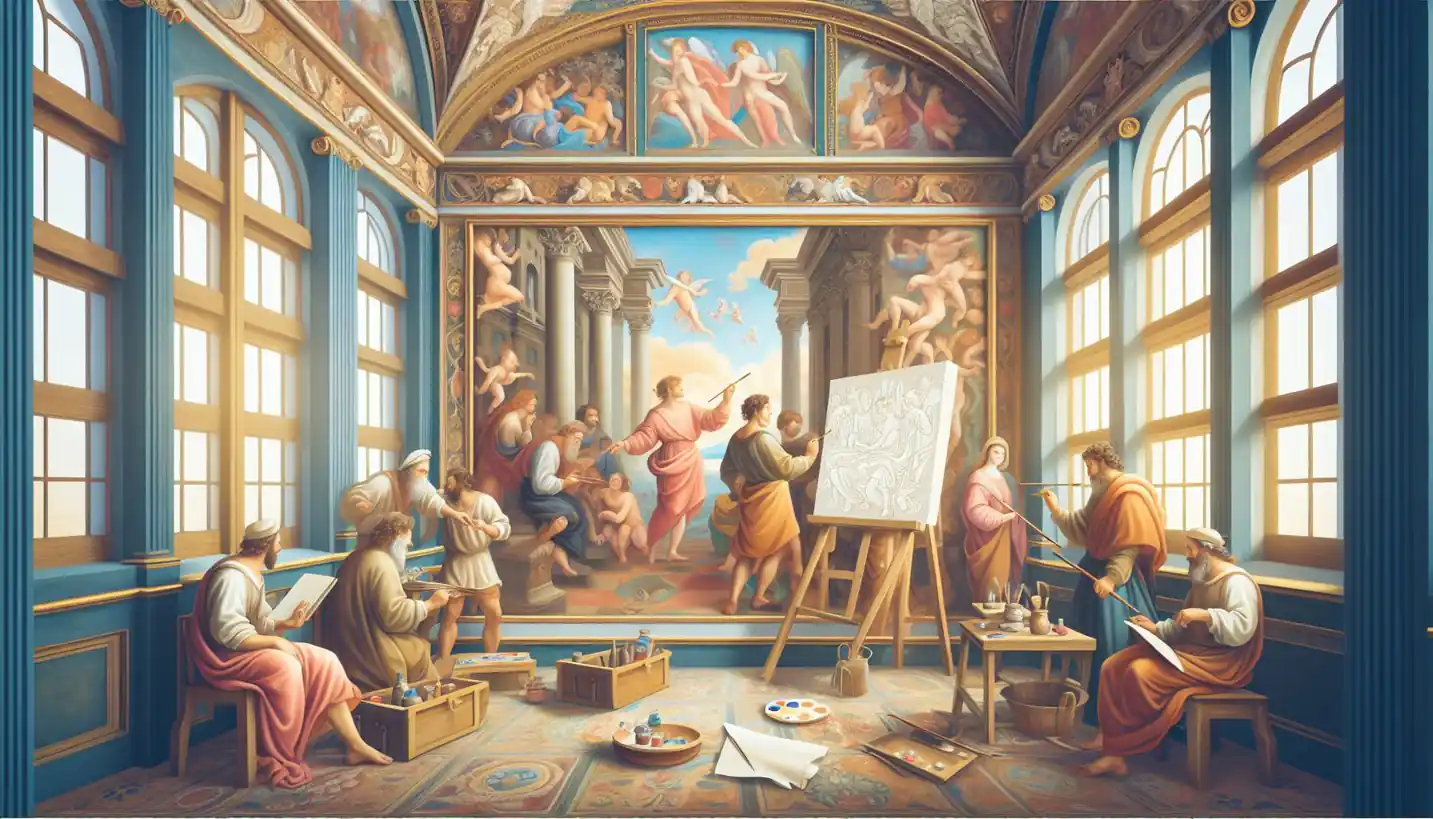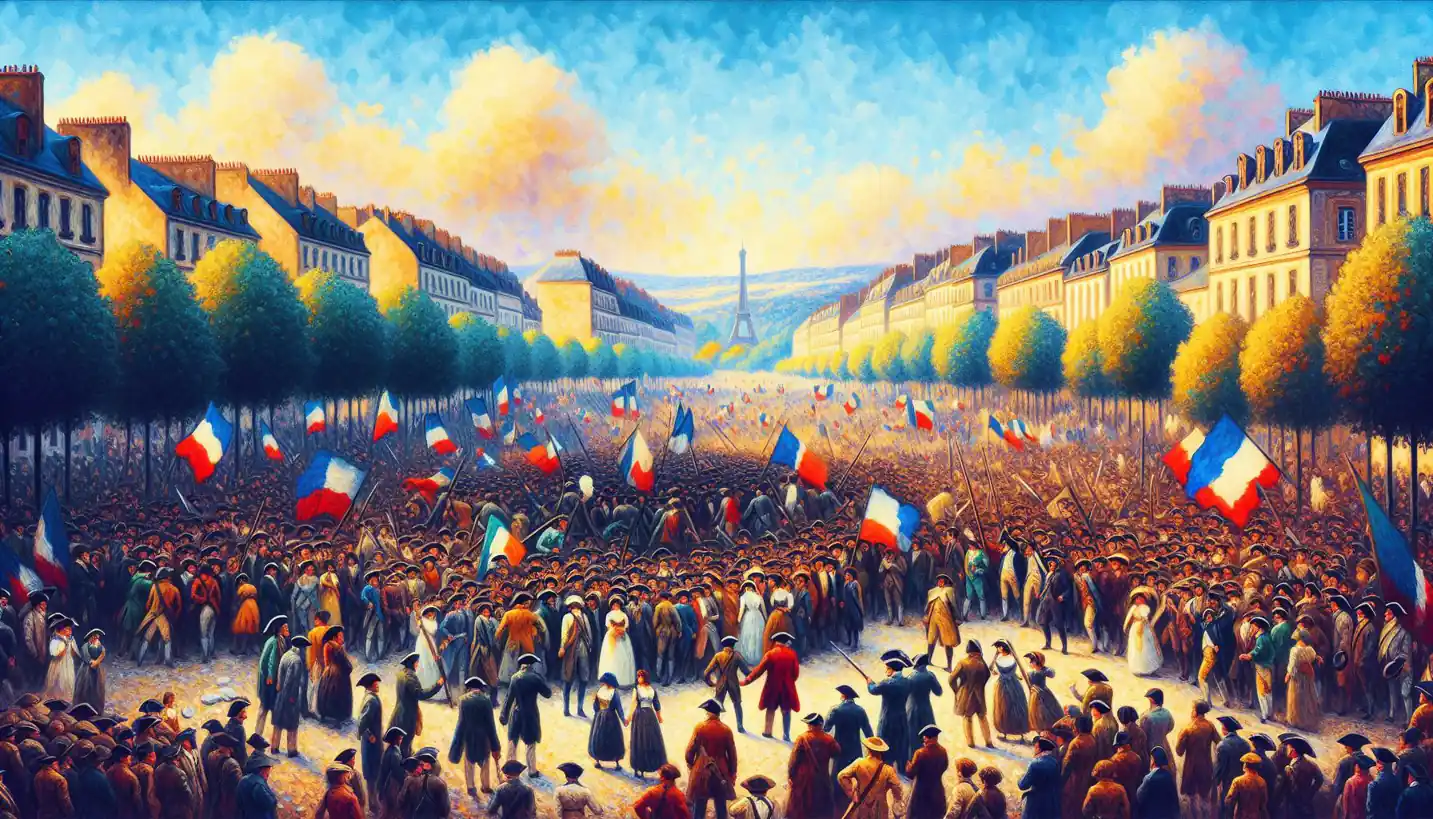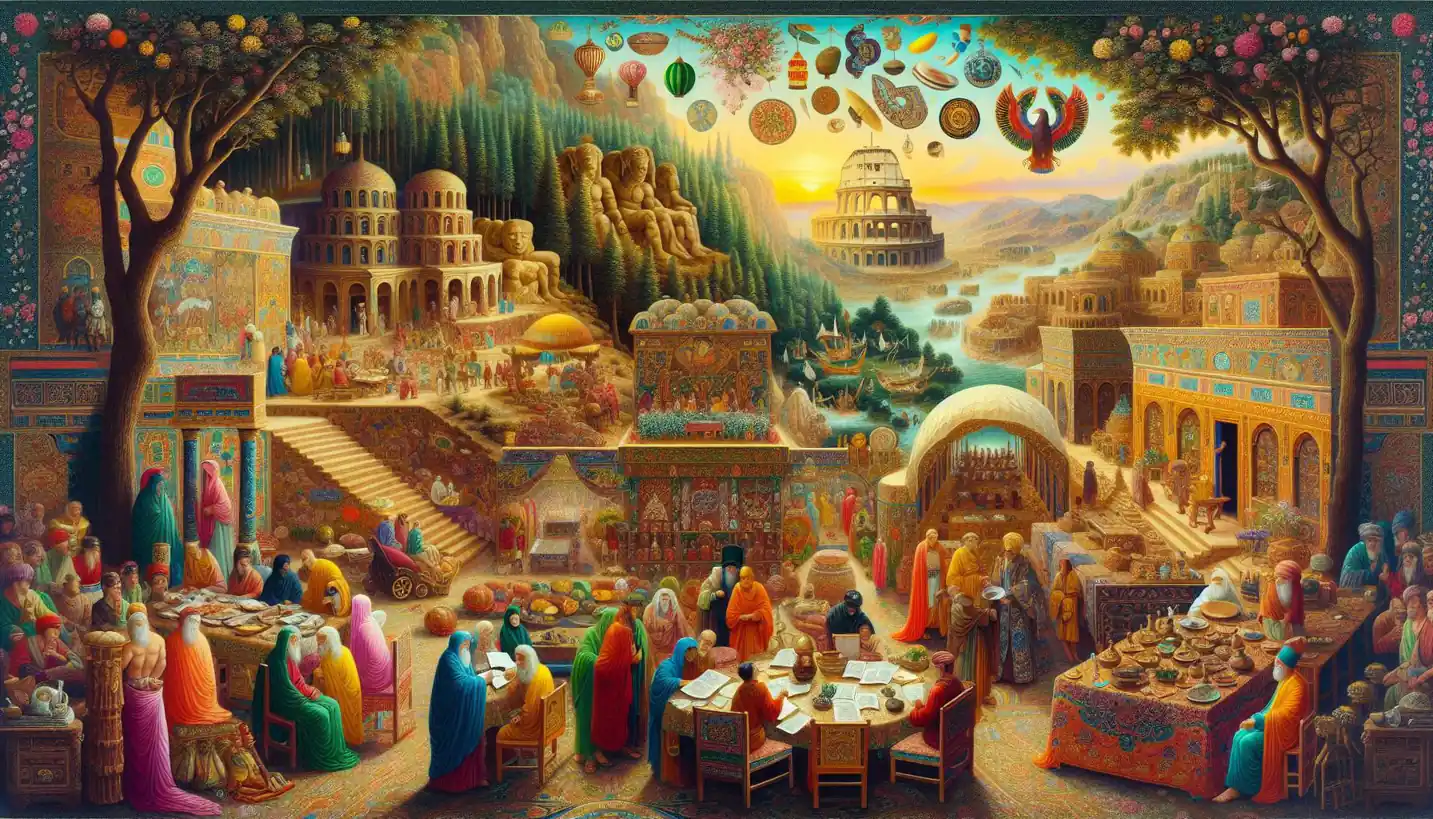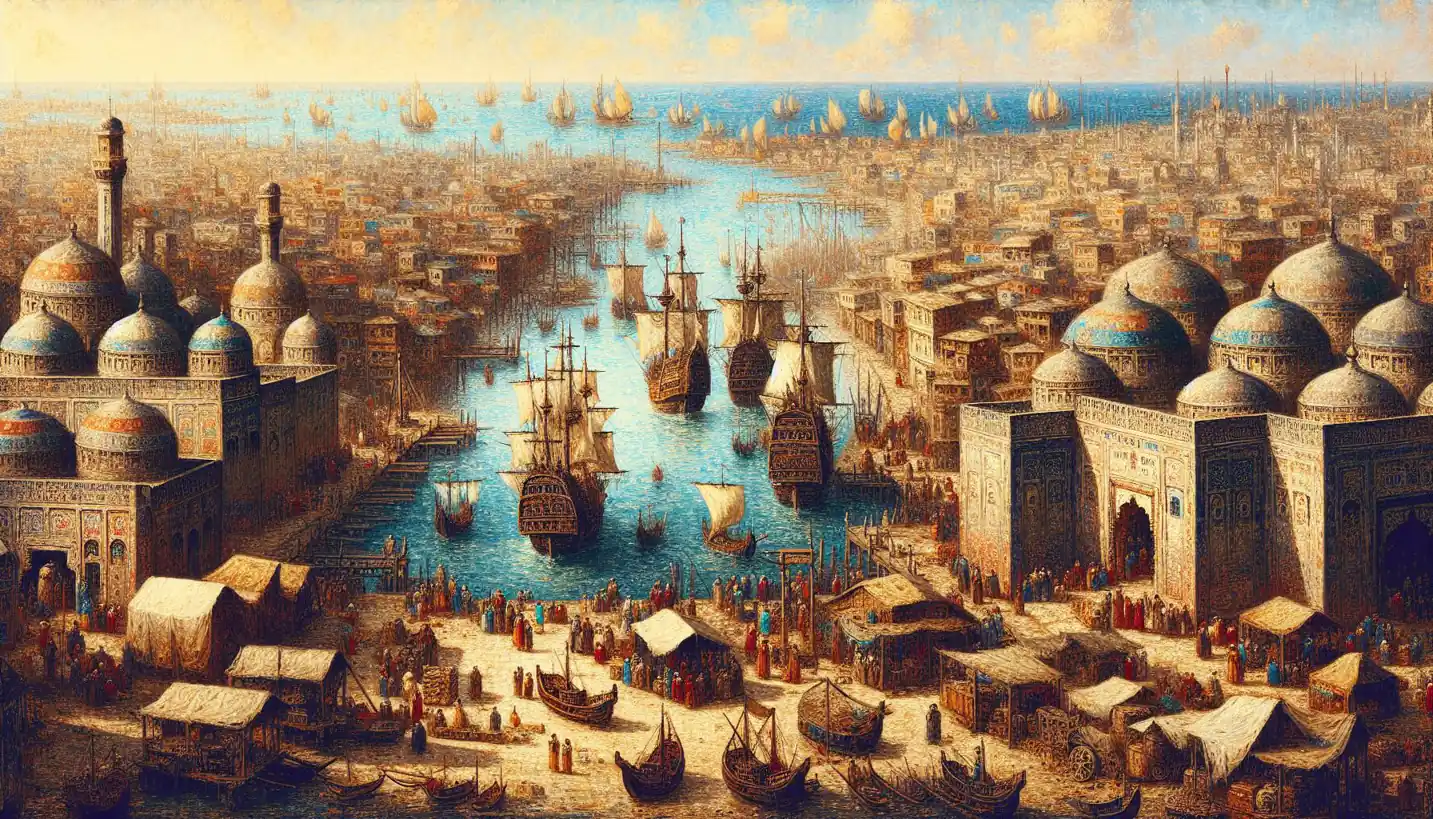· History · 3 min read
Great Schism: A Pivotal Chapter in Medieval History You Didn't Know
Unravel the mystery of the Great Schism, a key turning point in medieval history. Understand how it divided the church and altered the course of events.

The Great Schism was like a dramatic family feud that split the medieval Christian world into two rival factions. In this tale of power, politics, and religion, you’ll discover how this monumental event reshaped history. Let’s dive into this fascinating chapter to see what really happened.
Centuries ago, the Christian Church was the guiding force in Europe, much like a leader steering their ship through rocky seas. But by the 11th century, cracks began to appear in this seemingly united front. The seeds of division were sown by differences in language, culture, and political interests between the Western and Eastern branches of Christianity.
The Western Church, centered in Rome and led by the Pope, spoke Latin and had its own unique ways. Meanwhile, the Eastern Church, with its heart in Constantinople, embraced Greek traditions and practices. These differences simmered quietly until disputes spilled over into a full-blown split.
One major disagreement was about bread. Yes, bread! The Western Church used unleavened bread in its rituals, while the Eastern Church preferred leavened bread. You might think, “How could bread cause such a fuss?” But in a time where religious practices held deep symbolic meanings, even small differences could ignite big arguments.
Language added fuel to the fire. Latin versus Greek wasn’t just about words; it represented entire worldviews. Imagine trying to solve a problem with someone who thinks and speaks differently; misunderstandings are almost inevitable.
Another issue was the claim to authority. Who was the true leader of the Church? The Pope in Rome claimed to be the supreme leader, while the Eastern patriarchs believed they were equals, each with autonomy in their region. It’s like two siblings arguing over who should be the one in charge when their parents aren’t around.
The tension reached a boiling point in 1054, known as the Great Schism, or the East-West Schism. Representatives of the Pope and the Patriarch of Constantinople, the leading figure in the Eastern Church, met to settle their differences. Instead, they ended up excommunicating each other. Talk about an argument gone wrong!
This split created two distinct Christian traditions: Roman Catholicism in the West and Eastern Orthodoxy in the East. The divide wasn’t just religious; it marked a cultural and political rift that would influence medieval Europe and beyond.
Despite the schism, Christianity continued to thrive in both regions, but the division had lasting effects. It weakened the Church’s collective influence, making it harder to unify against external threats. This splintering of power was a double-edged sword, leading to a rich diversity of Christian practices but also to internal conflicts.
The Great Schism was eventually overshadowed by other historical events, like the Crusades and the fall of Constantinople. However, its legacy endures, reminding us how deeply rooted and complex human disagreements can be.
This event also invites us to consider a broader question: How do differences shape our world today? In a modern context, understanding and respecting cultural distinctions can lead to collaboration rather than conflict.
Reflecting on events like the Great Schism, we realize that while history is full of divisions, it also offers lessons of reconciliation and understanding. Perhaps someday, the divide that began in 1054 might inspire more unity in our own time. History isn’t just about what happened; it’s a lens through which we can learn about ourselves and the world we wish to create.
Though the Great Schism is often seen as a moment of division, it teaches us the importance of acknowledging and respecting differences—a lesson as relevant today as it was back then.



